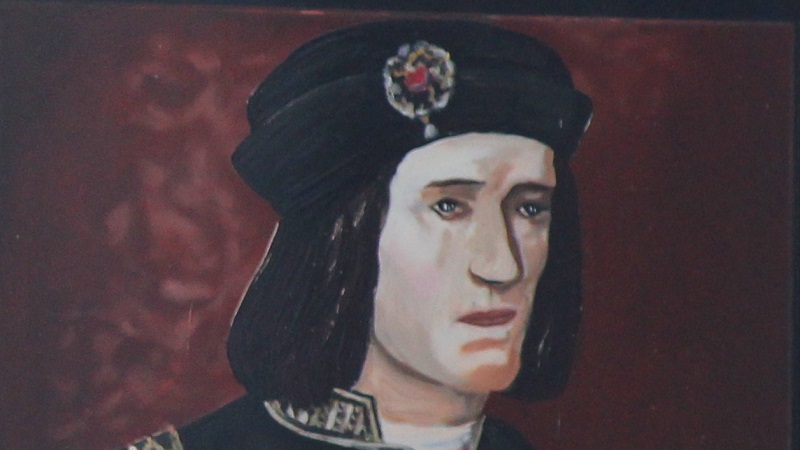
Richard III: Leicester looks to bring king’s resting place to life with £100k augmented reality project
Credit: Martinvl/CC BY-SA 4.0 Image has been cropped
Leicester City Council is seeking to bring Richard III’s final resting place to life with the installation of £100,000 of augmented reality technology.
The king, who ruled England for two years before his death at the Battle of Bosworth in 1485, was buried at the Greyfriars church – which was sited close to what is now Leicester city centre.
Some 527 years later – by which point a car park occupied part of the former site of the friary – his remains were discovered and exhumed, before being reburied at Leicester Cathedral in 2015.
In the meantime, the council had acquired the building next to the long-lost monarch’s burial site and turned the former schoolhouse into the King Richard III Visitor Centre.
The centre is now open to visitors seven days a week and provides a range of permanent and temporary exhibitions and events covering the life and death of England’s last Plantagenet king.
To enhance visitors’ experience, the attraction now wishes to make use of AR to provide an insight into how Greyfriars might have looked when Richard III was interred.
In a newly published contract notice, the council said: “The proposal is to use augmented reality to superimpose a computer-generated image [or] animation on a visitor’s view of the real world from the ‘glass box’ viewing area on the first floor of the visitor centre to portray the medieval friary at the time of Richard III’s burial in contrast to the present-day view.”
The notice indicates that a budget of £108,000 is available to spend with a specialist technology supplier. Potential providers have until 15 February to bid for the project, with installation to take place by July.
According to the centre’s website, it strives to incorporate “great storytelling, beautiful design and 21st century technology… [to] tell the fascinating and moving story of the king’s life and death”.
Despite his short reign, Richard III has remained one of country’s most well-known monarchs, in large part owing to what the centre acknowledges is his status as a “controversial king”.
To enable his claim of the throne, many historians believe he ordered the imprisonment and murder of his young nephews – known as the princes in the tower. Richard III was himself then slain just 26 months later, as Henry VII triumphed in battle to become the first king of the Tudor dynasty that ruled England for 117 years.
This content was originally published here.


